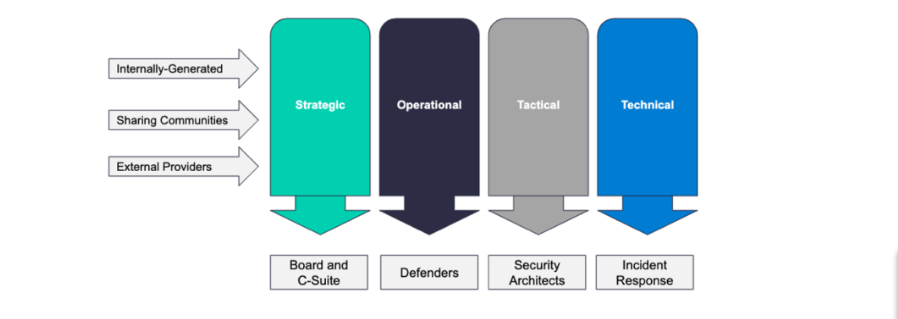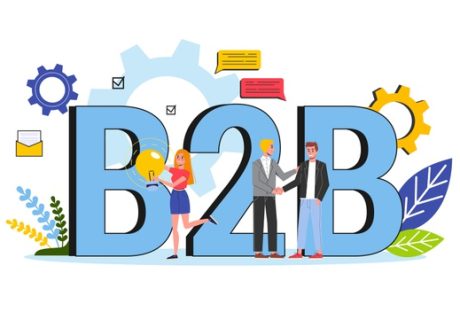When it comes to finding fun ways to advertise your business. It can be tricky to think of something that is unique, fun and impactful. Gone are the days of ‘swag’ is enough to win over the potential business. Forking out for a bulk order of pens with your company’s logo won’t work because, to be frank, people are bored of pens. What you need is something big, unusual and attention-grabbing. If you’re looking for a sure-fire way to grab the attention of passers-by and make your logo stand out. You should definitely consider inflatables. Whether you are preparing for a trade show, fun day or grand opening, giant inflatables are a fantastic way of drawing in new customers. And putting a smile on peoples’ faces while marketing your brand will only lead to good things.
What Type of Inflatables Should You Opt For at Your Business Event
While any type of giant inflatable is pretty much guaranteed to increase brand awareness due to the sheer size and quirkiness, there are a number of different types available, and choosing the right one will make all the difference. Here are just a few of the giant inflatables that can be custom made for your company these days:
Giant product replicas
What better way to show off your product than having an enormous blow-up version of it for everyone to see? This creates instant brand recognition and is the perfect solution to a product-specific marketing campaign.
Air dancers
Also known as sky guys (or ‘wacky waving inflatable arm flailing tube men’ if you’re a fan of Family Guy), putting your logo on one of these charming retro inflatables is a great way to catch people’s attention.
Inflatable archways
These are the ideal investment if you’re sponsoring a race; displaying your branding in a prominent yet non-obtrusive way that’s integral to the event. Having your logo overhead at the start of a race and visible in all event photographs will go a long way for your business.
Blimps
Often called inflatable airships in the industry, these helium-filled advertisements for your business can be hoisted up to 200 feet/ 60 meters in the sky and act as a homing device to attract potential customers.
Mascots
If your company has a friendly character as a mascot, whether it’s a friendly farmyard animal or a quirky monster. Make sure they’re always visible with an oversized inflatable version. This is especially great if you’re a family-friendly business; kids love them!
Buildings
Offer shelter from the elements in the form of domes, tunnels, arches, and cubes and you’ll find that people are happier to give you more time than under an exposed gazebo.
The type of inflatable you opt for will vary depending on the event and what your current marketing plans are. Whichever of these you choose, taking a ‘go big or go home’ approach to marketing at a business event will always guarantee that you stand out from the crowd and gain the best possible ROI of any promotional materials.
Read Also: 5 Reason to throw an office Christmas party






















